Aerodynamics
Overview
The Aerodynamics IPT is part of the Aerodynamics and Flight Dynamics Department and is mainly tasked with modeling the aerodynamic forces and analyzing the fluxes generated by our flight systems. We accomplish our goal mainly through the use of CFD (Computational Fluid Dynamics) simulations that allow us to predict the aerodynamic force coefficients, which are then compared to aero-prediction software data and real flight data. Our department is also involved in determining the best configurations for air brakes, fins, Pitot tube and pressure taps, while also aiding the Recovery System Department in the design of the rocket parachutes and parafoils. Most of our CFD simulations are run on Ansys Fluent, while we use Matlab to develop post-processing and data estimation codes.
Computational Mesh Design
The computational grid generation is one of the key parts in any CFD simulation, as a well-designed mesh needs to include refinement in the right places, boundary layer cells capable of capturing both viscous and pressure forces, and it must be suitable to model all physical phenomena.
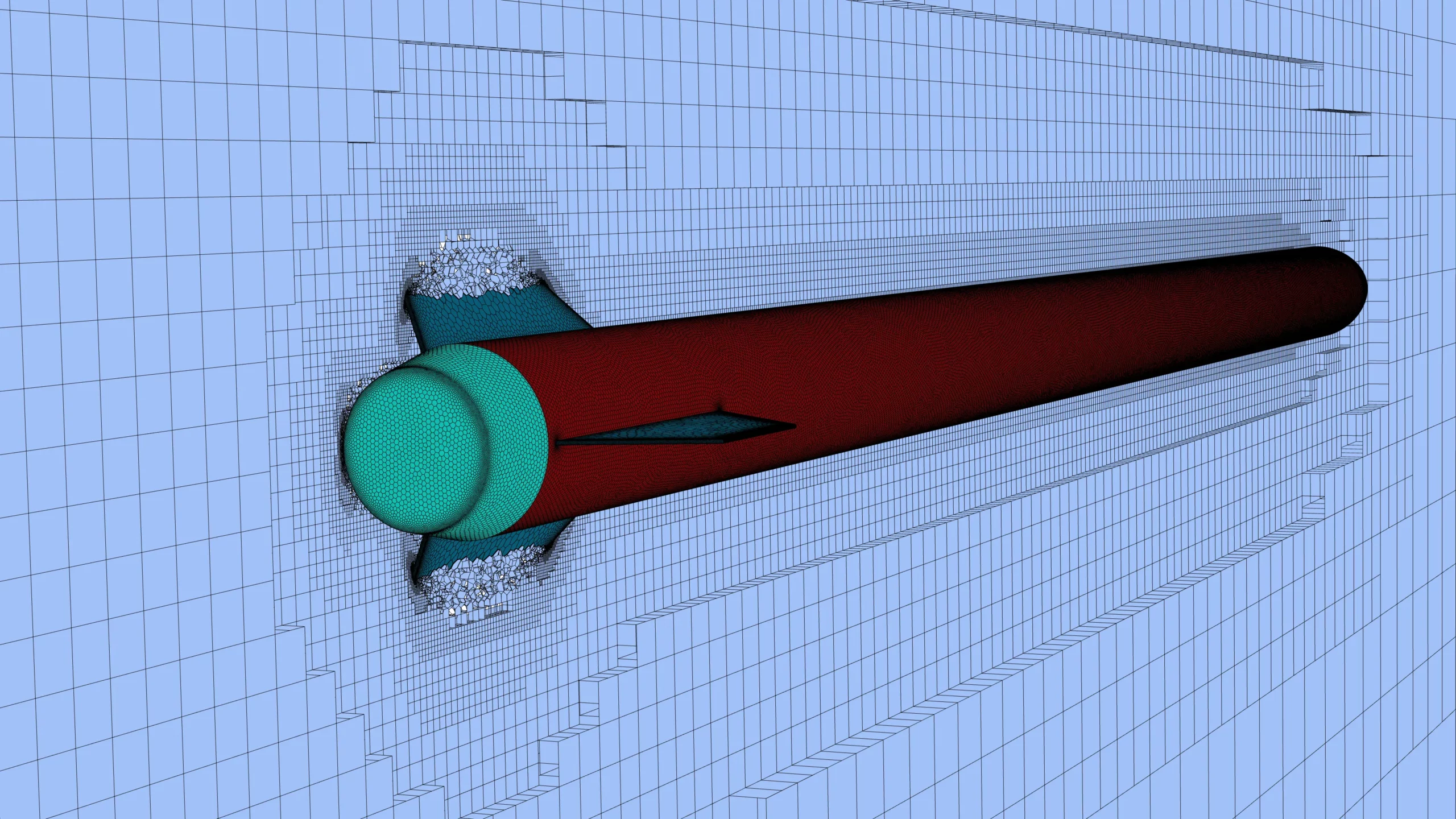
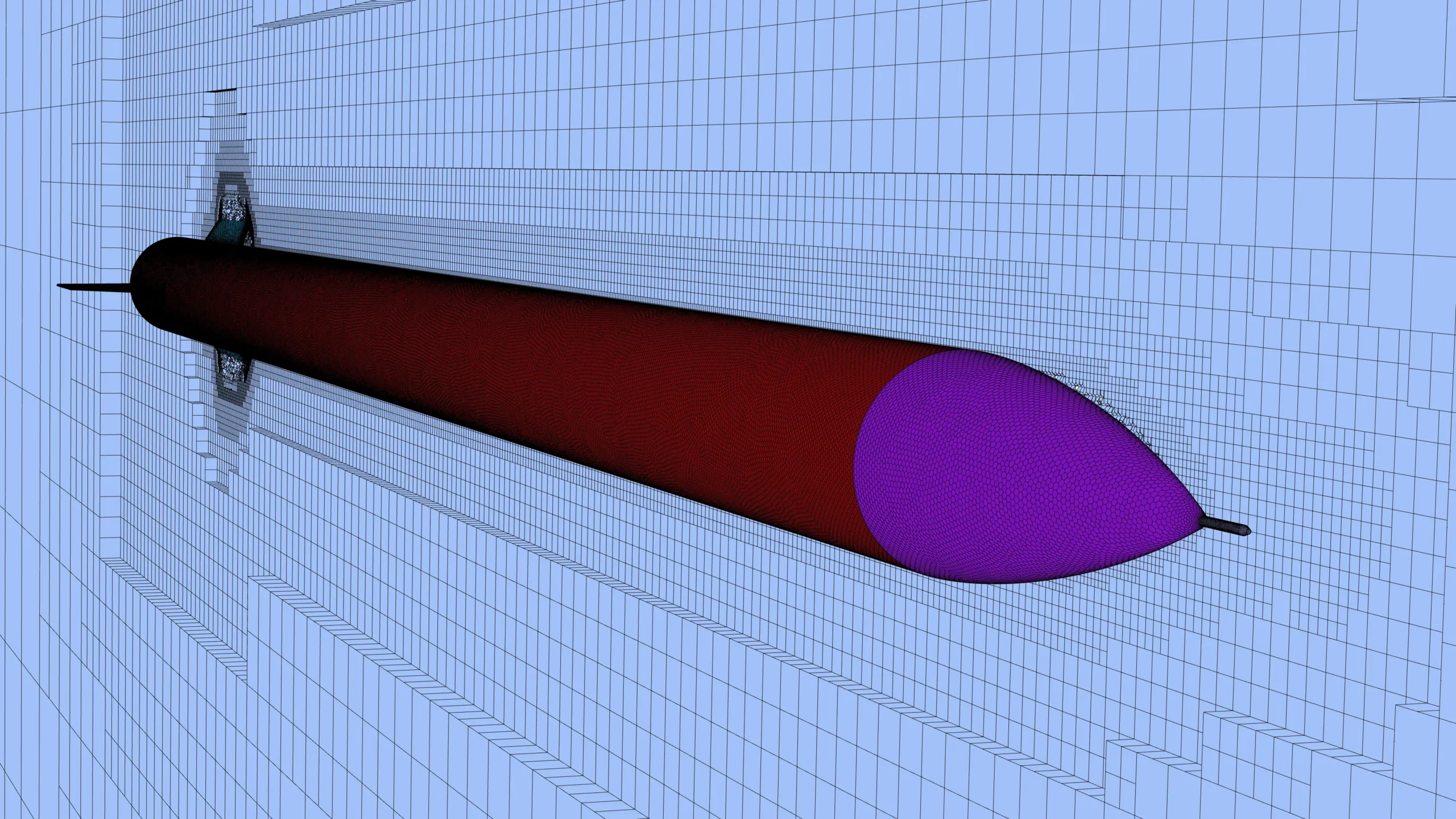
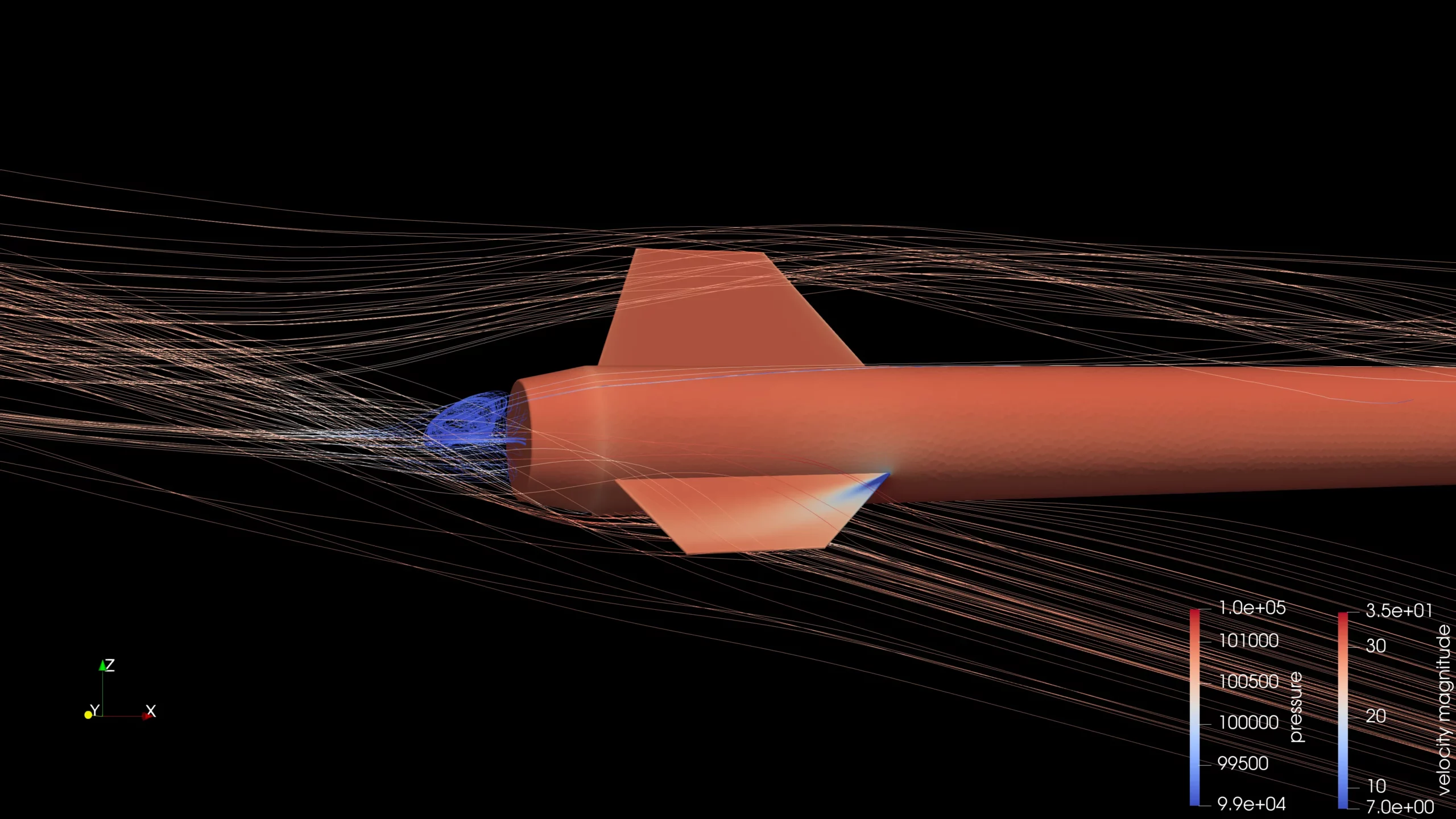
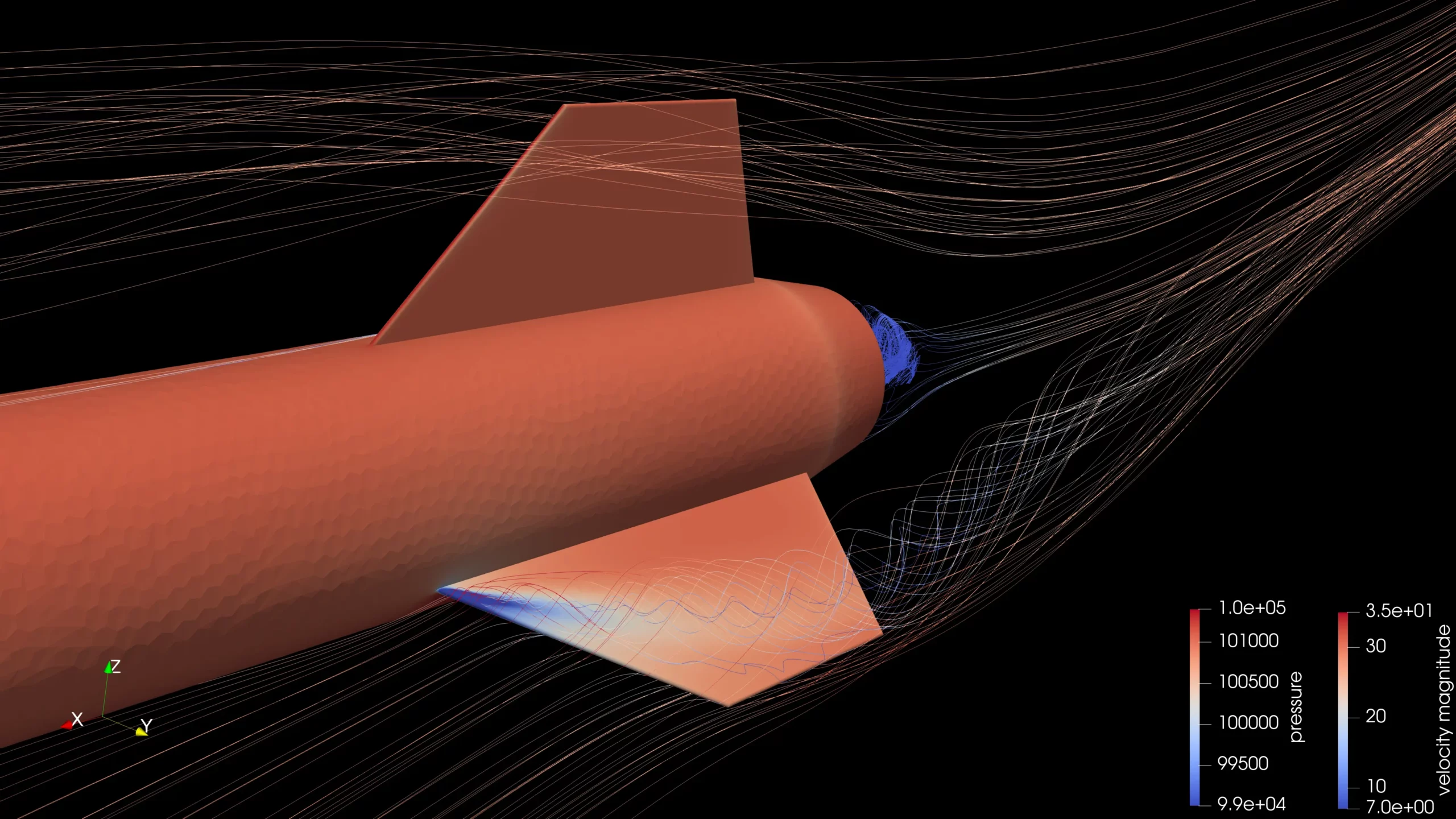
CFD Simulations and Post-Processing
Once the mesh is generated, CFD simulations are run under different boundary conditions, which take into account multiple flight parameters such as velocity, pressure, or altitude. Furthermore, we consider different flight conditions, like steady-state or transient, compressible or incompressible, and supersonic or subsonic regimes. After all this data-gathering we check the convergence plots and proceed with a post-processing of the results to extract force coefficients, pressure values and flow visualizations.
Wind-Tunnel Tests
Wind tunnel tests are performed to have an experimental comparison with data generated by simulations.
The main studies conducted concern the aerodynamic forces acting on the airbrakes and the calibration curve of the Pitot sensor.
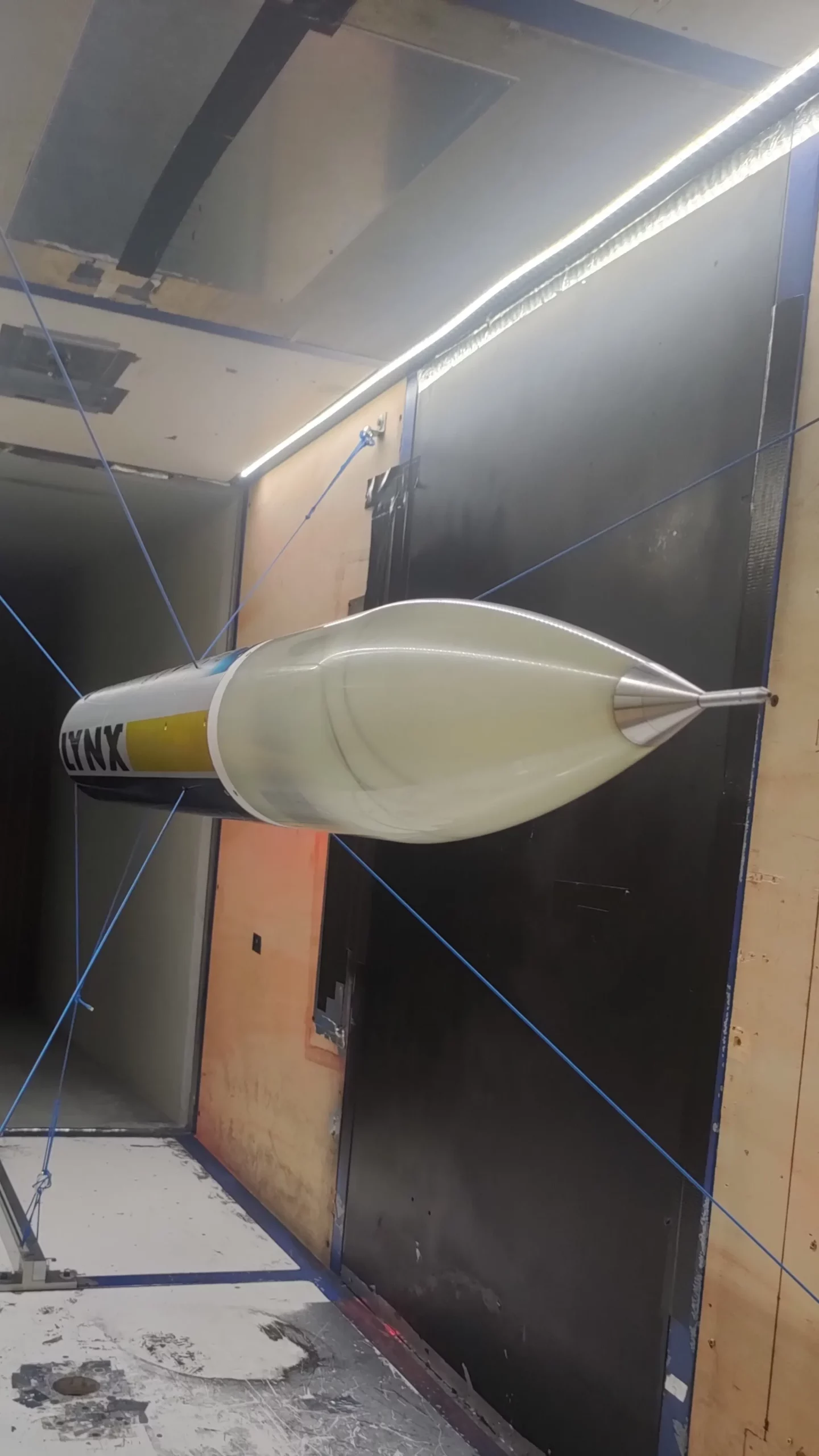
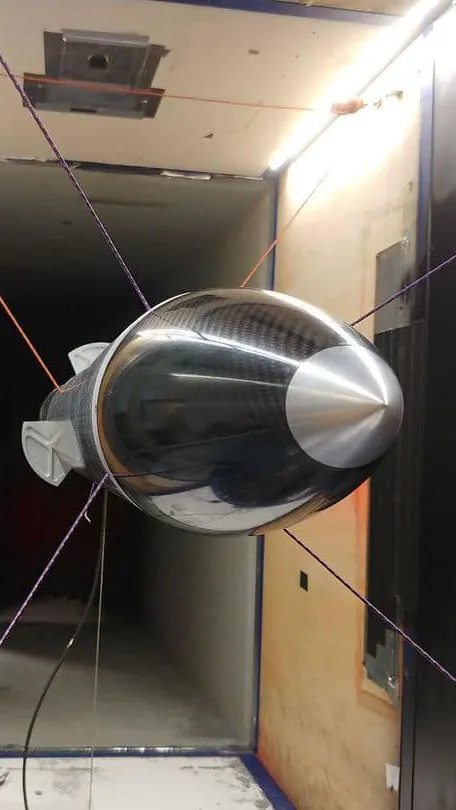
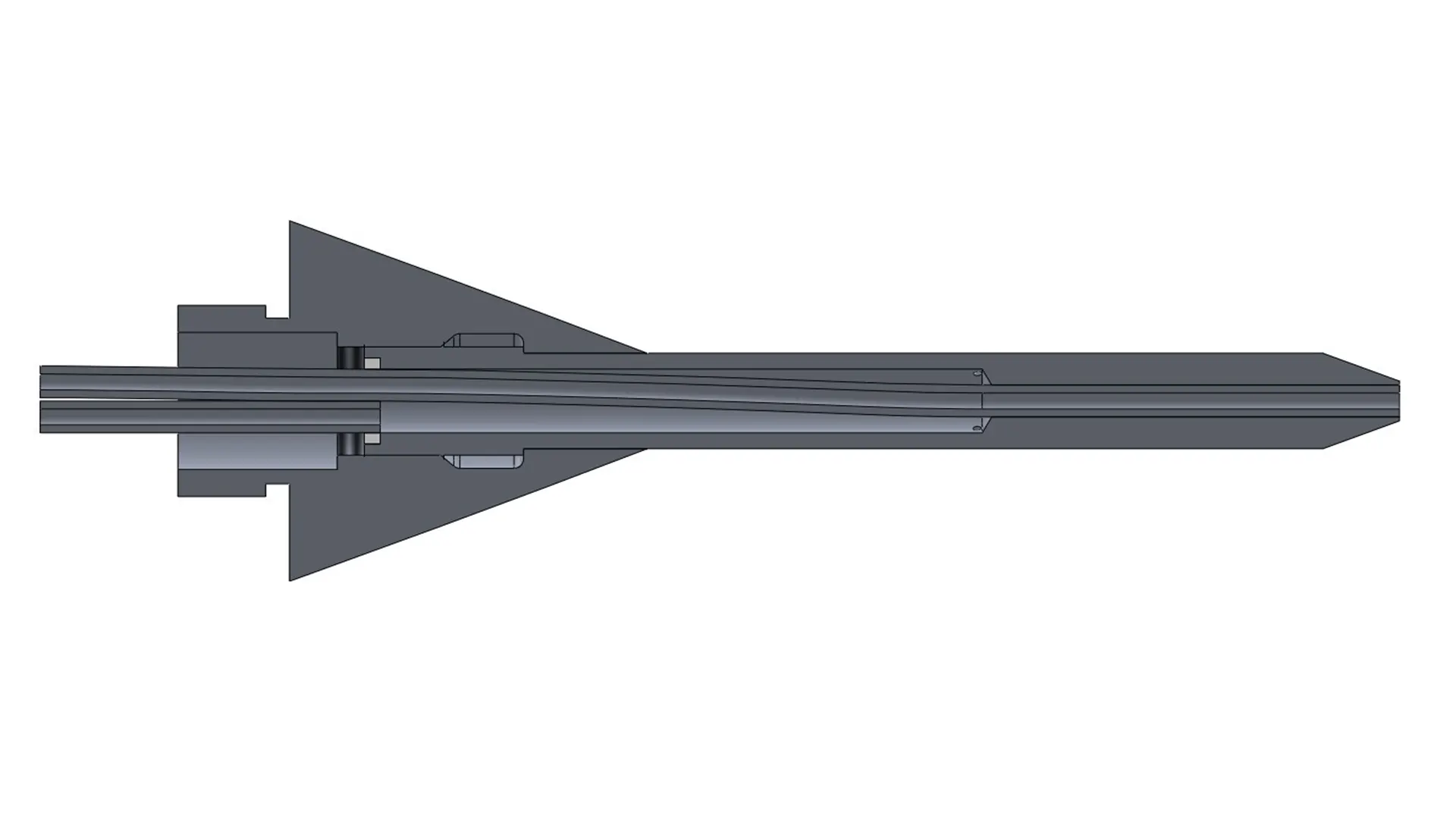
Pressure Measures Consulting
As the aerodynamic data we gather affects the work of all departments working on integral parts of the rocket, we provide consulting regarding some specifications they need to follow.
For example, we provide the Structures Department characteristics such as size, position and diameter of the pressure taps and probes they then design and produce.